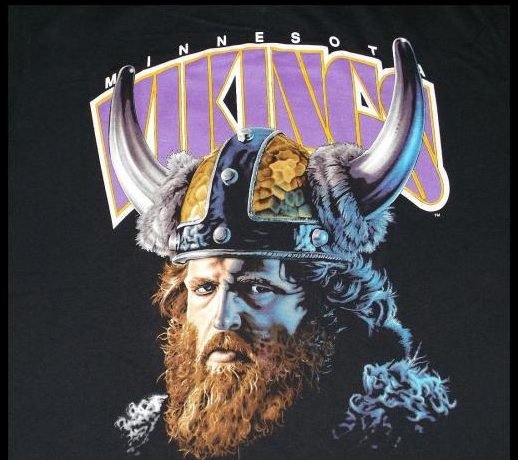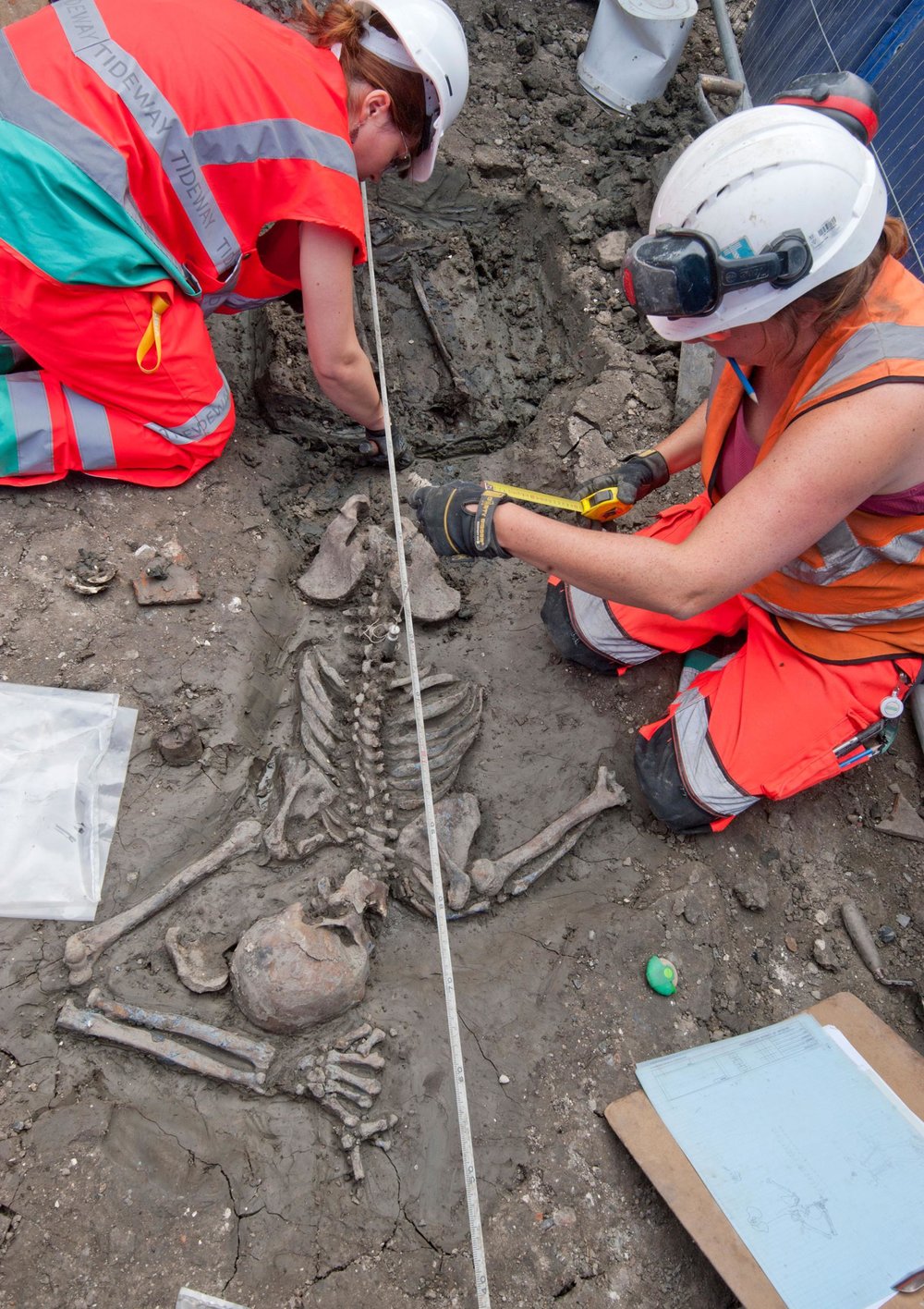
What People Get Wrong (And Right) About The Vikings

There are many famous theories about Viking like they were bearded and suppressed everyone around them. But according to Janina Ramirez, this image of Viking is still questionable. Nobody knows about the violent nature of Vikings.
Vikings existed from the 9th century to the 11th. During this time, most parts of Aisa, Europe, and Africa were under the influence of Vikings culture. They had so much control that they could easily navigate the command of the whole world. Regardless of all this, they are still surrounded by myths. Below are some myths about Vikings that need to be unpicked.

Back in 1350, sailors of Vikings made a long voyage from Europe to America in order to get timber, circa back.
Vikings wore horned helmets
Before digging deep into the myth, let’s get the concept clear here. There is no evidence that they ever wore a horned helmet. The wore helmets but they were not horned helmets but simple skullcaps which were used to protect the head. Wearing a horned helmet in war can damage you if the opponent attacks you with sword or ax. In the 19th century, the idea of wearing horned helmets was introduced in Vikings.

According to a myth, Viking was used to wear horned helmets.
The actual reason why this myth was born was the fact that back in 1870, Carl Emil Doepler – a costume designer – designed horned helmets for the characters of Viking. After that many filmmakers followed this tradition and still they are using Emil’s idea.
The Vikings – A Defined Group
The word Viking was derived from the Icelandic “Viking-r” which means “a creek-dweller”. In Norway, there was a primary region known as “Viken ” and there is a possibility that they derived the word from the trading busy port.
After a few years, the word Viking was used as a synonym for “naval expeditions”. There are many writers who do not use the word Viking as a synonym for “group of people”. And many contemporary writers use it as an alternative for “Norse Men”.
The confusion surged when people started using Viking as a synonym for denoting the entire Scandinavian region.
Extremely Violent People
Vikings are famous for their raids on vulnerable monastic sites. These sites were the worst places to attack in Christian historical documents. However, there are shreds of evidence which show the Viking violence in Britain.
In many of the skeletons, the Viking weapons were found in their bones. In the museum of North Hertfordshire, a skeleton was found which had Viking weapon stuck in the neck. There were many Vikings who spent life peacefully but some of those won the reputation as “wolves of war”.

A myth says that Vikings were violent in nature and robbed every place where they reached.
Another thing to notice here is that in the time period of Vikings, the atmosphere was violent and rightly so they suppressed people around them.
They Took What They Needed
According to the findings of Scandinavia, Vikings robbed the places where they reached. Coins from all over the world were also found buried in the homeland of Vikings. Dublin was the most extensive place on which Vikings established their superiority. With the passage of time, Dublin turned into a strong industrial city and the first Irish coin was also made there.
Vikings established many other cities other than Dublin and those cities include Saxon city and Iceland. Another classic example of Viking peace is Normandy where the violent settlement of Viking turned to a peaceful settlement. The Norman name was given to the people of Norman from “north-men” and King Charles III gave them the place of northern France. And soon Viking embraced the French language.
Vikings Were Godless Pagans
According to the history books, victors wrote the history but that wasn’t the case for Viking whom history was written by Christians. Many Christian documents describe them as godless and pagans. But this information has a contradiction with the information extracted from Scandinavian texts. Vikings did not practice at temples but they went to rivers for praying.
Priests were drawn from the heads of the families and they often involved in the religious ceremonies. All types of sacrifices were given by the Priests.
More in History Mystery
-
`
The True Story Of Pocahontas: Historical Myths Versus Sad Reality
John Rolfe was a respected planter who played an important role in the survival of American colony – first Eglish Permanent Colony. But...
January 13, 2025 -
`
Ultimate Guide for Buying Used Retro Games Online
At this age where movies can be easily downloaded via a torrent site or streaming is made easy by the free...
January 13, 2025 -
`
These Debut Albums Are Celebrating Their 10th Year Anniversary
What most people don’t realize is that it has been a decade now since 2008, and it seems just like yesterday....
January 13, 2025 -
`
These 80’s Inventions Changed the World Forever – No.5 Was Discovered Accidentally!
Can you imagine living in an era which does not have inventions like DNA fingerprinting, Microsoft Windows and Apple computers? That’s...
January 12, 2025 -
`
Sonic the Hedgehog and Space Invaders Enter World Video Game Hall of Fame!
When it comes to making a mark in the gaming world, there’s nothing better than joining the roster of classics in...
January 12, 2025 -
`
Here Are a Few Things 7-Eleven Kept on a Down Low About the Slurpee
As everyone knows that July 11 is the birthday of 7-eleven store and you can get free Slurpee on this day....
January 12, 2025 -
`
Greatest Action Films of 2000’s – We Bet You Haven’t Watched Them All
If you’re an adventure seeker who loves high speed cars and flying superheroes, this list is for you. In the past...
January 12, 2025 -
`
Best Old-School Nintendo Games of All Times, Because Nostalgia Exists
Thirty-five years ago, Japanese brand Nintendo released a console which came to be a household necessity for gaming families – hence,...
January 12, 2025 -
`
Archeologists Discover 500-year-old Skeleton Wearing Thigh-high Boots
A pair of high boots are a fashion staple in everyone’s winter wardrobe – but if you thought that these stylish...
January 12, 2025










You must be logged in to post a comment Login